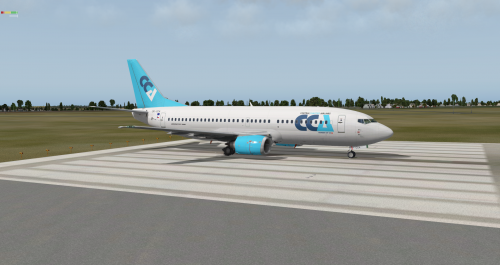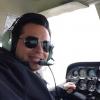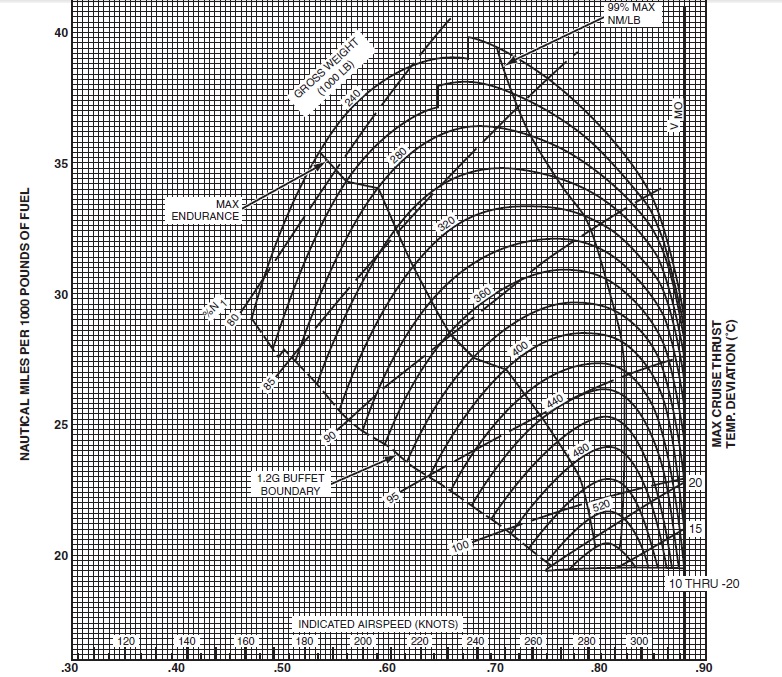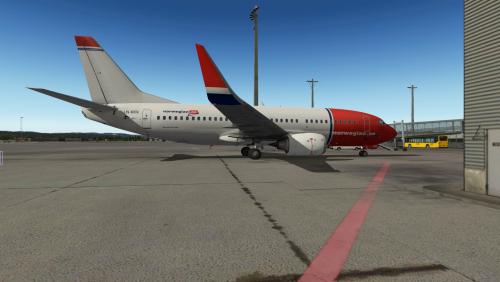Leaderboard
Popular Content
Showing content with the highest reputation on 05/17/2016 in all areas
-
5 points
-
Here is one of them. After ~35 legs in the IXEG and many many visual patterns I made 2 legs in the PMDG yesterday. It was such a boring time cause there was absolutely no feeling in this aircraft. It sounds like a hair dryer and it flies like on rails even with gusty wind. The PMDG might look good and offer detailed systems but like all the other FSX airplanes you just don't feel like moving some 40-50 tonnes through the air. Today I am on my third leg with the IXEG again and I don't want anything else right now, as I am approaaching Dresdens runway 04 in 10 minutes ;-)3 points
-
I can't fly anything else anymore, I've got all the other best/better planes in my hanger Jar320/330, flight factor 757/777 etc etc, I've got the bloody lot and none of them compare whatsoever, in 20 years of flight simulation I have never know anything like this aircraft what ixeg have come up with. Just think.....all them guys over at fsx and prep3d don't know what they are missing do they, and yes I have all them too planes too pmdg etc etc...god I've spent a lot of money and none of them come close to this baby. Thank you IXEG SOOOOOOOO VERY MUCH!!! Regards Paul EGCC2 points
-
2 points
-
I'll be getting some dedicated hardware for Windows/Linux plugin builds in the near future. It's a lot easier to build and test for Linux when you're not rebooting your primary machine to do it. Even with a Gizmo plugin for Linux there will probably still be some filename upper/lower case issues to deal with and X-Aviation has no plans to distribute Linux installers. All of these things can be easily worked around. Using a Windows VM to install your product and then moving the folders around is fiddly but possible.2 points
-
1 point
-
i was wondering if we can have a media sub forum where we could share our screenchots and videos of the IXEG733 ?1 point
-
1 point
-
Wow... Flying now the "Tutorial Flight 4 - Full Flight with FMS". I tested it with Avast disabled and now it is more than perfect!!!!! Thanks, guys, for this easy solution.1 point
-
http://www.flightsimpm-uk.co.uk/apps/webstore/ Here you go, there may be other places but I find that this guy offers the best customer service1 point
-
Short flight between Calvi ( Corsica ) and Cannes, with an initial RNAV approach followed by a visual approach into this 1610m short runway => flaps 40, max reverse and breaking lol. The PAPI vertical path is quite steep aswell as indicated on the chart, the V/S was about -1000 fts to be on path1 point
-
1 point
-
Hi, I was just wondering since now, i think, most of the major bugs have been fixed, is there already a schedule for upcoming content updates? I'd also appreciate a priority list for features that are going to be implemented in the upcoming content updates. If I remember correctly you also stated that users are allowed to suggest or even vote on features that should be implemented first. Up until now I'm very pleased with the speed and response regarding bug fixes, so my hopes are high that we'll see some of the more urgent features missing implemented quite soon. For me those features would be the missing RTE DATA, PROGRESS and HOLD page, and TCAS. For me this plane is already the best and most enjoyable of all planes for X-Plane. Some further work and it'll be the best across all flightsims I'm sure Best regards, BaBene PS: Ah and btw. ADD LINUX SUPPORT! (Just kidding I know you hate this topic But honestly, Windows just sucks )1 point
-
X-Plane Side Adventures: Just a real short Quickie wait for it........ On the water with the wind on my back. Really no context Dion https://youtu.be/isacDQ40p3c1 point
-
Ben, Thanks for the explanation. DRT's method for access works and it is open source.( and a clue on how to make it work) for other hardware plugins and I'll leave it at that. I'm just happy I've got my hardware working no matter how the result was achieved. This thread has probably run it's course and you can close it if you want, there was no intent of finger pointing of blame laying, hope you don't take it the wrong way. I was just providing my findings to help other people get their hardware working too. Your explanations of how things worked were helpful. Thanks1 point
-
1 point
-
think I have this one fixed. I was able to reproduce the soft crash, fix it, and finally entered the ILS without the crash. A good fix! -tkyler1 point
-
Dear all, you seem to have discovered a very interesting electro magnetic phenomena, involving microwaves in the radar spectrum hitting metal wires at the appropriate distance and angle, known to cause optical hallucinations with aircrews. Edit: fixed in next patch,1 point
-
1 point
-
1 point
-
Well, yes and no. There are several cases where procedures won't draw correctly by the FMS, some of them a general problem with more or less all X-Plane aircrafts, some specific to one or another model, some even specific to the IXEG B733. Let's have a look at those: Freaky (i. e. not flyable in accordance with the chart) procedures just like the one you dug up. This is indeed a very rare case, but with great potential of hitting a lot of aircraft models. Real world limitations. If creators of a model did a good job (and IXEG did!), you will probably hit some limits with procedures you wouldn't be allowed flying with a B733 in real world. This applies mostly to procedures marked as "TURBOPROP ONLY", or RNAV with RNP limits (ok those will work since X-Plane doesn't simulate RNP, you are always on spot where you are...). Procedures where nav data do not properly describe the procedure as per chart. In my flight sim beginnings they were quite common since procedural data quality then was not at the level it is today. Today you encounter this with rather esoteric procedures; I just caught one yesterday, seeing that the LOWS RWY 33 RNAV-V procedure data (at least with NDP) are missing the two final waypoints (ok that one's not sooo esoteric, but also not that frequently used). Programmers stand no chance capturing these errors, even with a sophisticated plausibility test (which would probably deliver more false positives than real issues). Blotted or imprecise nav data. This again is a quite common issue; for instance I would categorize all those virtual waypoints with imprecise fly-by / fly-over tags under this umbrella. Here the nav data allows the programmer to interpret what could be meant. Most issues I dug up with the B733 belong into this category; for comparison I usually check also with the FF B763 - simply because they seemingly coded around this issue and determine correct turn direction in most cases where IXEG doesn't (yet). Incomplete FMS implementation - just have a look at all the payware aircrafts with a FMS out there and count how many of them correctly deal with radial or alt interception, bearing/distance or bearing/bearing intersections, etc. There are more than just a couple only understanding FIX, VOR and NDB waypoints. OK this one doesn't touch IXEG so much; they announced the FIX page will be delivered somewhat later, so no limits on procedure oddities from their side Implementation bugs. Yes, they exist, too. Usually they're hard to find and prove, since you first have to understand the nav data and their correct interpretation. IXEG has made this a lot easier by moving to a very explicit nav data format. Trade-off: you have to scroll a lot in those XML files, but the readability is much better than any other format I came across so far. I only spotted on potential candidate for this category with IXEG yet, where the draft route shows correct routing, but EXEC blows the thing... So for me this boils down to three simple things: Yes, IXEG has done an exceptionally good job on LNAV so far. Nav data for simming purpose will most probably never reach the perfection they would need, so as an aircraft developer, you will hardly be able to avoid implementing some work-arounds for the most common flaws (e. g. the fly-by / fly-over tag issue) For the same reason, as a pilot you have to check what the FMS draws before EXECing it or even (auto)-flying it. When in doubt, fly the procedure as per chart by hand or using other modes (i. e. HDG and/or LOC) for lateral navigation.1 point
-
Curious as to why people are so fascinated by VNAV. Seems like real 737 pilots rarely use it. Seems they either hand fly, or use the MCP. LNAV already takes away the fun of navigating, why have VNAV suck out the fun of planning descents? Tim1 point
-
Now you are talking my language lol. This takes me back to the old days of flying when you really had to know the performance of the aircraft and use your performance manual to squeeze every ounce of efficiency out of the aircraft. When I first started flying, my first jet was the heavy C-141B. The performance manual was thick and had a slew of pages of spec range charts. The flight engineer would work the charts and pass you climb and cruise data. You would climb 2000ft above optimum and stay there until 2000ft below optimum and step climb to stay in the sweet spot. Some times climbing wasn't always the answer. There were times when I have climbed, and decided to go back down due to winds and positive temperature deviations. At times you would work the HF radios and airline common freqs to get an idea of what the winds were at various altitudes. I've been in some fuel situations where the weather brief and wind charts were way off, and you had to make quick decisions. You had to consider climb capability, fuel burned during climbs, winds and maybe slowing to fly the top of the curve(100% max range in the spec range charts). We did fuel calculations once per hour and compared the numbers against the flightplan to see your fuel trend. If negative trends are caught early, you can change things and make a difference. In the KC10, you did the same thing. We had extra benefits with extra fuel tanks. The FWD, CNTR and AFT tanks made it possible to adjust CG inflight. Once at cruise, you move the CG to the aft limit of 29%. The tail heavy CG made the horizontal stab streamline, reducing drag. We called this making fuel because the projected landing fuel on the flightplan would increase by 5,000 pounds or more. In rare cases in certain parts of the world, we would file for a block altitude, set cruise power at optimum and cruise climb. Now days its all computerized and dispatch. In the Gulfstreams, I have a FMS what if page in the perf pages. I can set cruise speed or altitudes and it will display actual perf against what if perf for fuel cost. The plane uses a mixture of downlink winds/temp and actual winds/temp for the calculation. Most airline guys have flight following dispatch that monitors weather and performance, and will refile updating more efficient routes. As you stated earlier, winglets also depend on the operation. Winglets and a aux fuel system was added to the C-32s(757). Unfortunately, the small fleet and marginal gains led to the winglets not being cost effective. For some nostalgia for all, I attached a DC10 spec range chart example. We used to work these charts to death lol. Amazingly, .825 was our standard long range cruise speed.1 point
-
1 point
-
1 point
-
1 point
-
Fabbseh, frustrating as hell I know but X-Aviation have absolutely no say on that side of the transaction. Best advice given was to check with your financial institution (and check it's not a company firewall if you're doing this from work). Good luck though, it would be a major bummer not to get your hands on the 737 as I have a feeling it's going to wind up being the "essential" plane to get in X-Plane. P.S. Cameron, my dosh will be coming through this coming pay day lol. Been looking forward to this bird for a looong time (though I'm generally not a tube flyer, I'll be making an exception in this case!).-1 points



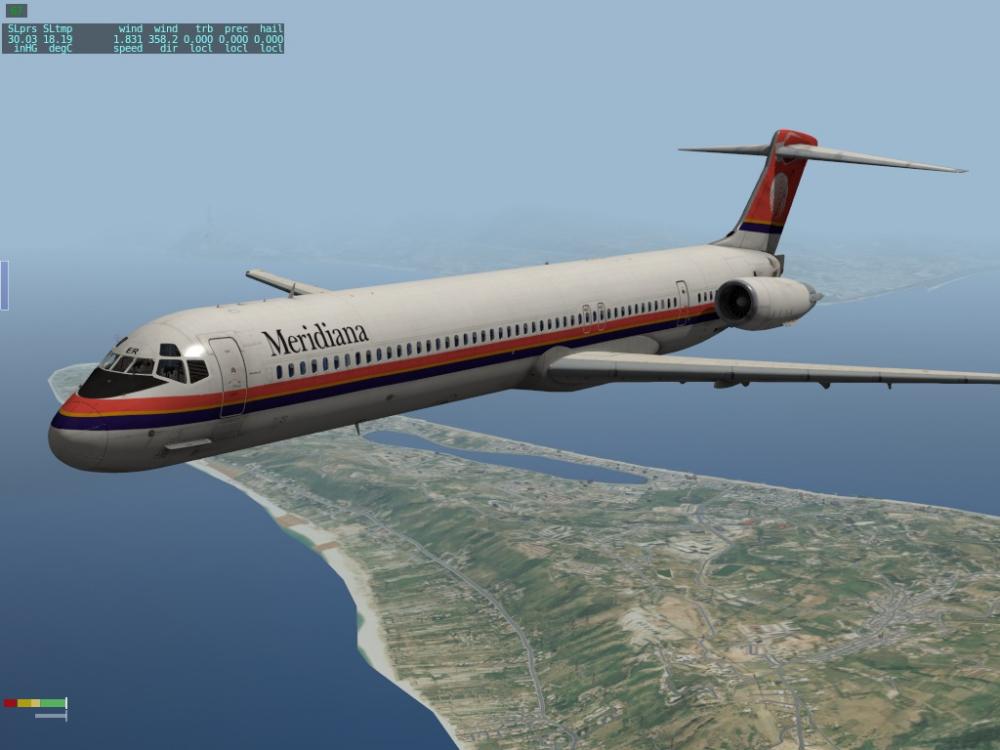
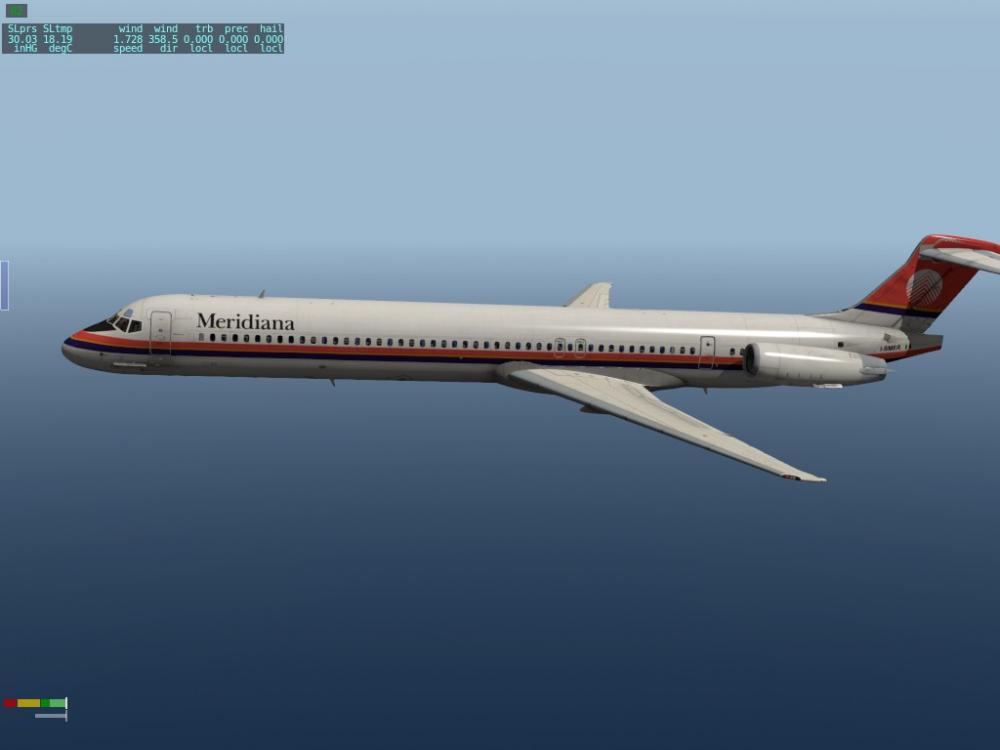
.thumb.png.bf50098a1fe83a1cf0904e3aa5a56b06.png)
